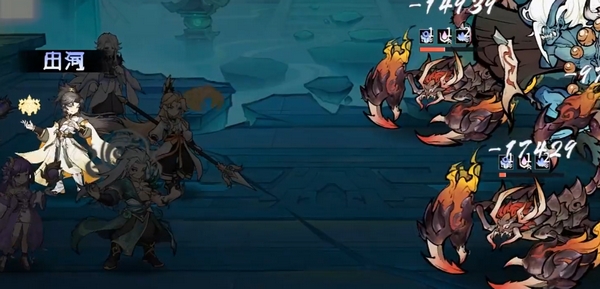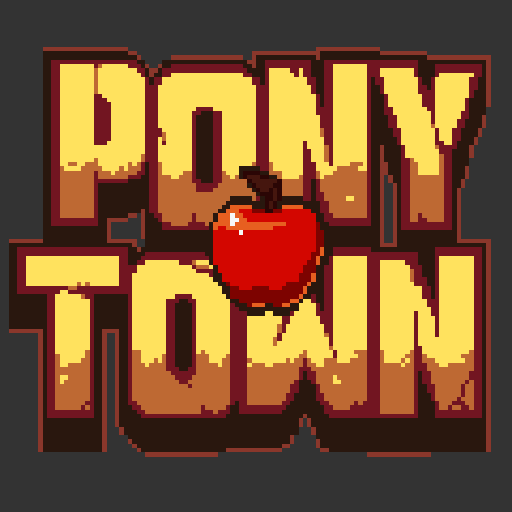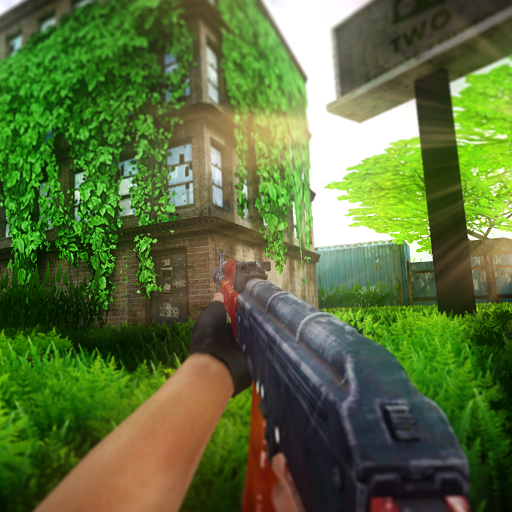Today, we bring to you a guide on how to tame animals in Seven Days World. In the survival system of Seven Days World, the animal taming system is an important part of resource circulation and security defense. Through unlocking technology and proper operation, players can transform wild animals into stable resource sources or combat support units, effectively enhancing base operational efficiency and individual survival capabilities. Although the overall process is not complicated, it involves multiple steps, requiring players to accurately control resource investment and environmental response at different stages.
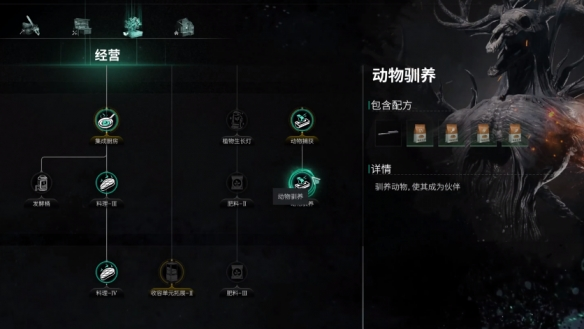
Firstly, the prerequisite for starting the taming function is to unlock the "Livestock Breeding" technology module, which includes the production recipes for anesthesia darts and animal feed. The production of anesthesia darts relies on a light workbench, with material requirements being fourth-tier resources, indicating that it is suitable for the mid-game and later stages, with a certain threshold. Animal feed, on the other hand, needs to be formulated differently based on the species in an electric stove. Rabbits prefer vegetables and grains, while carnivorous animals like wolves and bears require high-protein feed, and may even need mixed ingredients to meet taming requirements.
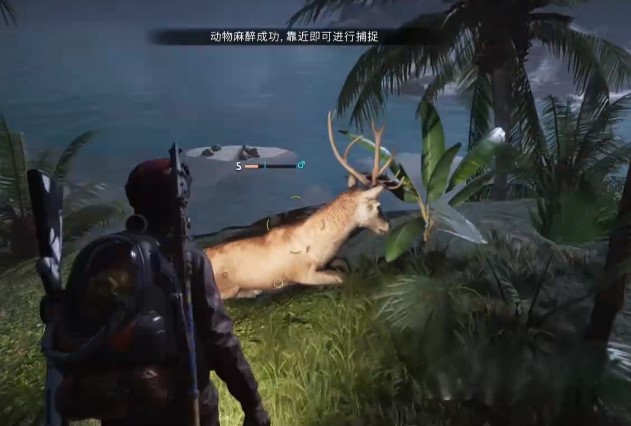
The process of capturing animals includes three key steps: approaching, anesthetizing, and feeding. Players need to approach the animal without alarming it, use an anesthesia dart to knock it down, and then immediately feed it the corresponding feed. At this point, a taming progress bar will appear on the screen, with intimacy increasing as more feed is provided. Once a specific value is reached, the taming is successful. If the feed does not match the animal's diet, or if there is a delay in operation leading to the animal waking up, the taming will fail and may trigger a counterattack, adding extra risk.
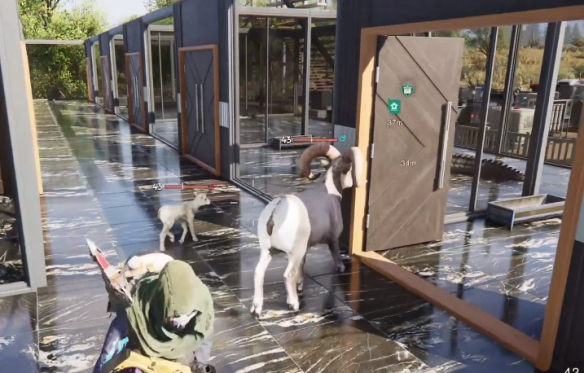
In terms of the number of animals that can be tamed, the system sets a limit of six animals that can be managed simultaneously at the same stage. Players need to plan the use of various types of animals based on their survival needs and resource allocation. For example, deer and sheep can stably produce fur, meat, and dairy products, making them suitable for long-term breeding; whereas higher-level animals like wolves and bears have some combat capability and can be used for base defense or escort, providing practical combat value when facing resource plundering or sudden attacks.
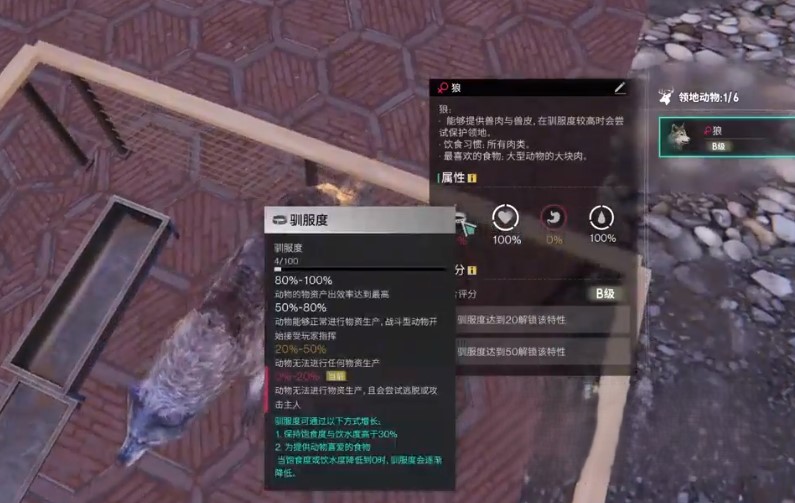
Additionally, some rare animals are distributed in specific ecological areas such as wetlands, forests, or mountainous regions. It is recommended that players carry an extended backpack, sufficient supplies, and flexibly adjust taming plans according to weather systems and time changes. Some highly alert animals also require bait items to be approached and captured successfully.
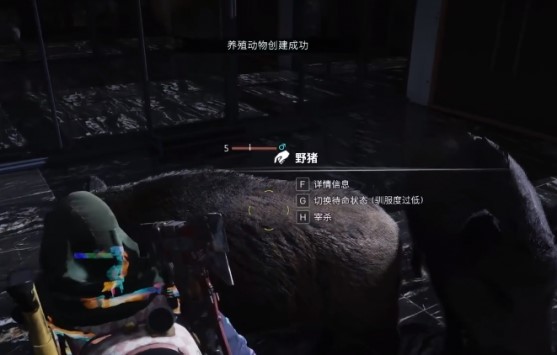
After taming, the animals will enter the pen, where they must be fed regularly by the player to maintain their condition. If feeding is interrupted for too long, it will trigger escape or illness mechanisms, affecting production efficiency. Therefore, it is suggested to prepare feed in advance when resources are abundant and to conduct regular inspections of the livestock status to ensure the stable operation of the livestock system.

